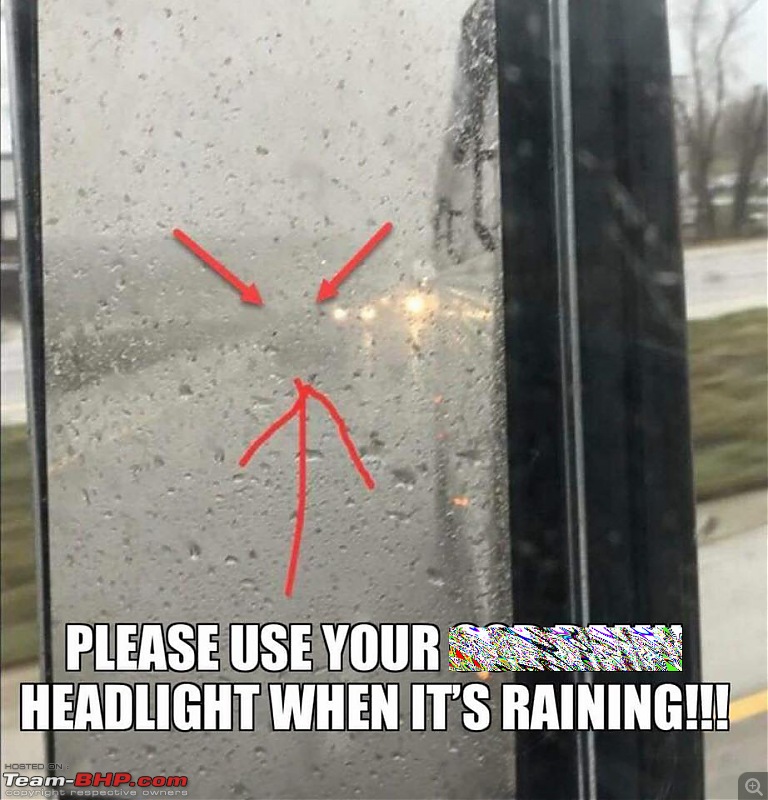| |||||||
 |
| Search this Thread |  638 views |
| | #1 |
| Distinguished - BHPian  | |
| |  (9)
Thanks (9)
Thanks
|
| |
| | #2 |
| Distinguished - BHPian  | |
| |  (10)
Thanks (10)
Thanks
|
| | #3 |
| Distinguished - BHPian  | |
| |  (5)
Thanks (5)
Thanks
|
| | #4 |
| Distinguished - BHPian  | |
| |  (10)
Thanks (10)
Thanks
|
| | #5 |
| Distinguished - BHPian  | |
| |  (11)
Thanks (11)
Thanks
|
| | #6 |
| Distinguished - BHPian  | |
| |  (7)
Thanks (7)
Thanks
|
| | #7 |
| Distinguished - BHPian  | |
| |  (14)
Thanks (14)
Thanks
|
| | #8 |
| Team-BHP Support  | |
| |  (1)
Thanks (1)
Thanks
|
| | #9 |
| Senior - BHPian | |
| |  (1)
Thanks (1)
Thanks
|
| | #10 |
| Team-BHP Support  Join Date: Jul 2010 Location: Bangalore
Posts: 6,001
Thanked: 24,367 Times
| |
| |  (3)
Thanks (3)
Thanks
|
| | #11 |
| Senior - BHPian Join Date: Nov 2019 Location: India
Posts: 1,236
Thanked: 6,344 Times
| |
| |
| |
| | #12 |
| BHPian | |
| |  (2)
Thanks (2)
Thanks
|
| | #13 |
| BHPian Join Date: Feb 2024 Location: Jaipur
Posts: 48
Thanked: 142 Times
| |
| |
 |
Most Viewed








 Very rapid repeated flashes (along with continuous honking) by a tailgater attempting to overtake indicates a driver who is not in full control of his vehicle, who is driving full throttle and unwilling to brake.
Very rapid repeated flashes (along with continuous honking) by a tailgater attempting to overtake indicates a driver who is not in full control of his vehicle, who is driving full throttle and unwilling to brake.
 .
.